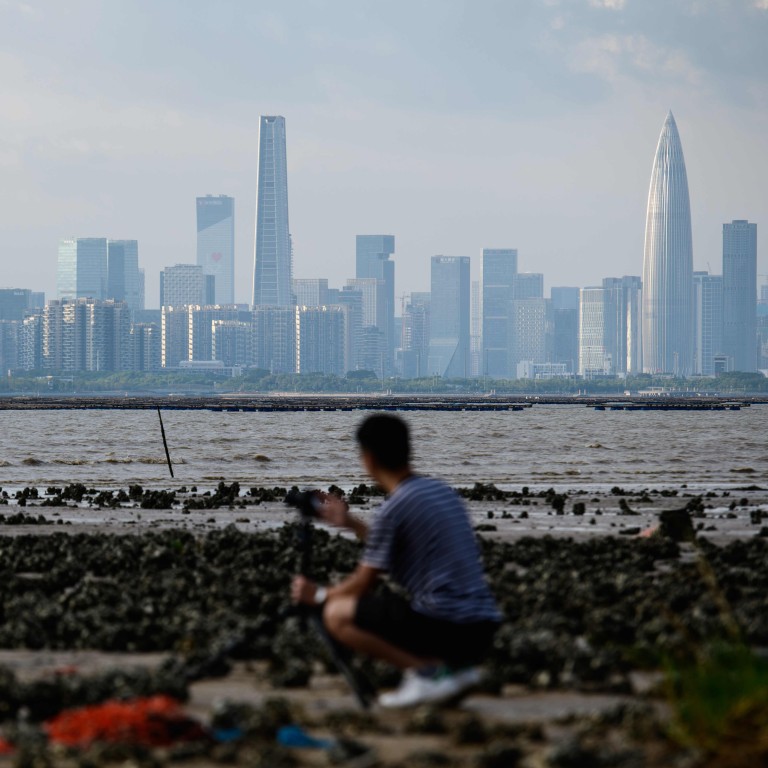
A business district in Hong Kong’s rural north is the answer to its quest for land and development
- Lucy Kwan and Siu Yee Man say a second business hub would not only complement the plan for housing, but also create jobs, add value for property owners, ease congestion in the south, and strengthen economic links with the Greater Bay Area
Hong Kong undeniably faces a severe shortage of readily available land for development. Although three-quarters of its land is not built up, only a small portion is readily available for development, either due to environmental preservation considerations, complications in land resumption, or statutory restrictions for reclamation.
Land shortages and other factors, such as the historically low interest rates and free capital flows, have pushed property prices to extremely high levels. While private property prices reflect economic success, the escalation of prices for commercial and industrial land will constrain further economic growth.
To address this urgent issue, it is important to build up Hong Kong’s capacity in the near, medium and long term. In particular, industrial needs have never been properly assessed with realistic recognition of the changing requirements and rational spatial distribution over the whole of Hong Kong. We need to assess the costs and benefits of different options of potentially high-development areas, in terms of infrastructural investment, social and environmental impact, and housing and other needs.
Taking all this into consideration, Hong Kong should build a second central business district in the northern part of the New Territories as it could create great economic value for otherwise backyard rural land with a low valuation. It would be a cost-effective way to invigorate slowing economic development due to a shortage of land.
Hong Kong needs new land for almost every purpose. Companies are currently constrained from expansion around Victoria Habour due to a lack of land, or high costs. A new business district can be of great value, and unleash the potential of rural land.
For a start, more jobs can be created. Currently, three-quarters of jobs are in the metropolitan areas in southern Hong Kong. But this area is short of flat land and is constrained by a saturation of transport systems. Being closest to Shenzhen and the other Greater Bay Area cities, New Territories North could more easily build economic links with these cities. The area not only serves the 7.3 million people in Hong Kong but also potentially the 40 million in the eastern part of the Greater Bay Area, encompassing Shenzhen, Dongguan, Guangzhou and Huizhou. Hong Kong’s professional service industry can complement their manufacturing industries. The business potential of the catchment area is huge.
The feasibility of a spur line from the East Rail line that connects the eastern New Territories to the west has been studied and is workable.
Giving priority to development of New Territories North employment would also reduce the north-south income inequality. Property prices there will also catch up with those in urban areas, bringing new value for property owners, and creating wealth and opportunities for many stakeholders.
To kick-start the development, the government should relocate a good portion of its offices to the proposed business district. Land resumption policy has to be revisited. Compensation levels often do not reflect market value. Thus, land bonds could be relaunched. By allowing stakeholders to share the high-value chain created by the development of a business district, resistance to land resumption could hopefully be reduced.
Comprehensive visionary planning for high-density, high-value development in New Territories North, while retaining areas for conservation, will result in a future we could all embrace – immense economic opportunities within a liveable eco-friendly environment.
Lucy Kwan is an honorary assistant professor in the Department of Statistics and Actuarial Science at the University of Hong Kong, where Siu Yee Man is an undergraduate student
Correction: An earlier version of the piece said the New Territories North covers the northern part of the Tuen Mun district. That is wrong; the New Territories North covers the northern part of the Yuen Long district.

